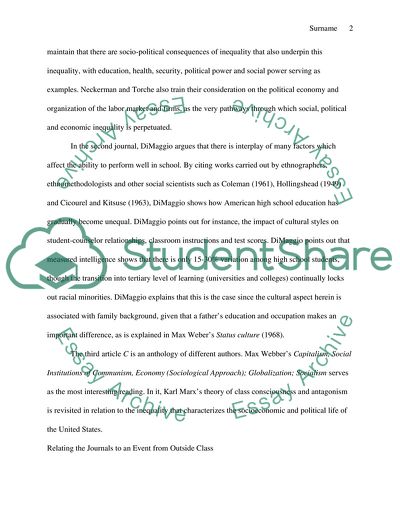Cite this document
(Dynamics and Essence of Inequality and the Occupy Movement Essay - 2, n.d.)
Dynamics and Essence of Inequality and the Occupy Movement Essay - 2. Retrieved from https://studentshare.org/sociology/1794212-ive-attached-the-file
Dynamics and Essence of Inequality and the Occupy Movement Essay - 2. Retrieved from https://studentshare.org/sociology/1794212-ive-attached-the-file
(Dynamics and Essence of Inequality and the Occupy Movement Essay - 2)
Dynamics and Essence of Inequality and the Occupy Movement Essay - 2. https://studentshare.org/sociology/1794212-ive-attached-the-file.
Dynamics and Essence of Inequality and the Occupy Movement Essay - 2. https://studentshare.org/sociology/1794212-ive-attached-the-file.
“Dynamics and Essence of Inequality and the Occupy Movement Essay - 2”, n.d. https://studentshare.org/sociology/1794212-ive-attached-the-file.


